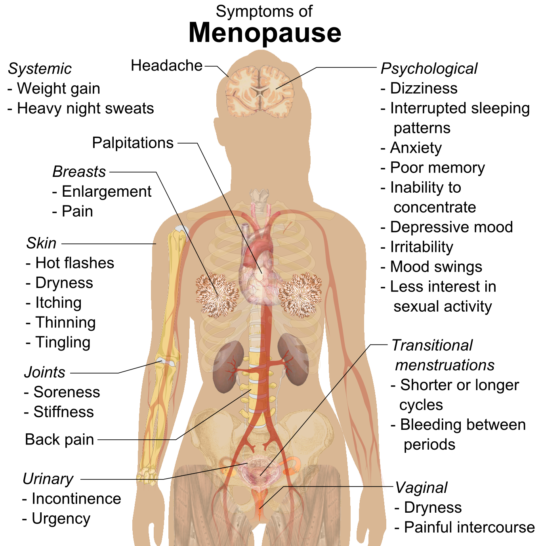Complications may occur soon after menopause or may develop late as sequel of prolonged oestrogen deficiency.
Genetic: Ten to twenty percent of premature menopause occurs in sex chromosome abnormalities. In 30 to 60 percent, autoimmune diseases such as mumps, thyroid dysfunction, hypoparathyroidism, addison’s disease are present.
Radiation menopause depends upon its dosage. Some recover from amenorrhoea in a year or so. Alkalytic drugs are storng inducers of premature menopause.
premature menopause can induce menopausal symptoms and complications much earlier and in a severe form. A cause needs to be elucidated and treated.

All © Copyright Rights Reserved by Naina Homeo Care. Designed by Web Cloud Technology